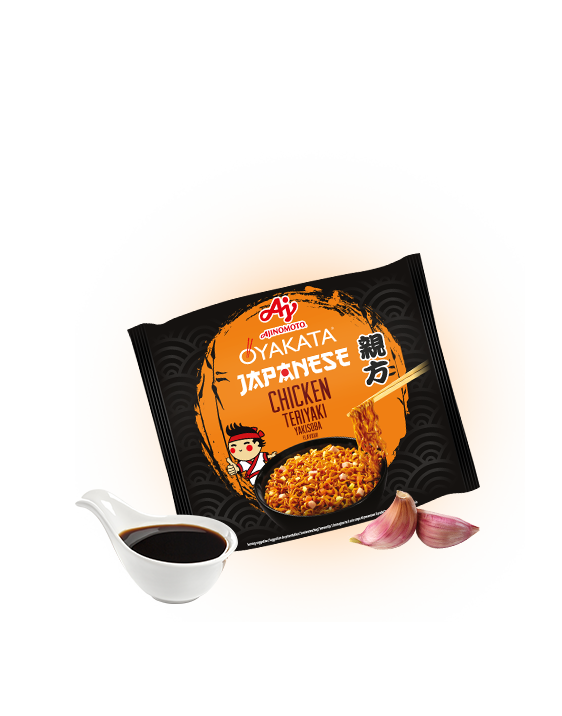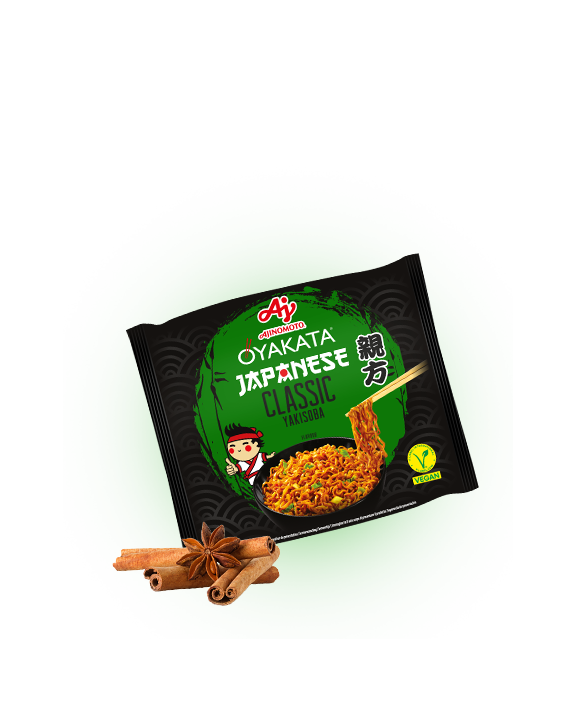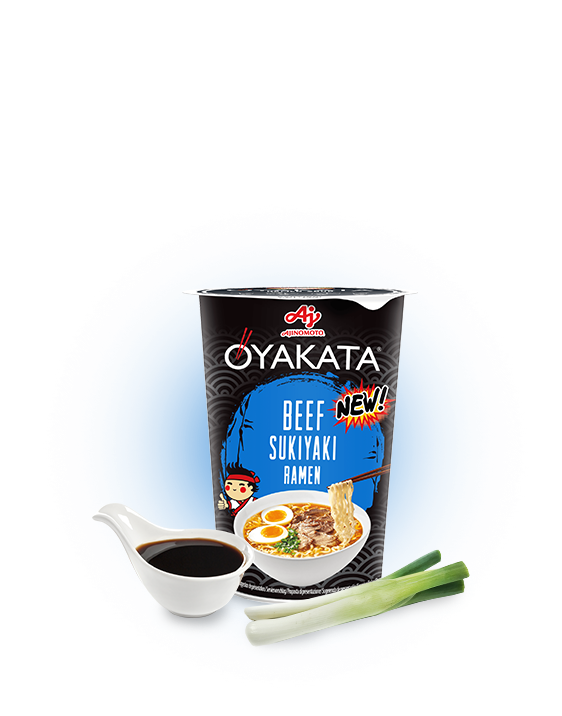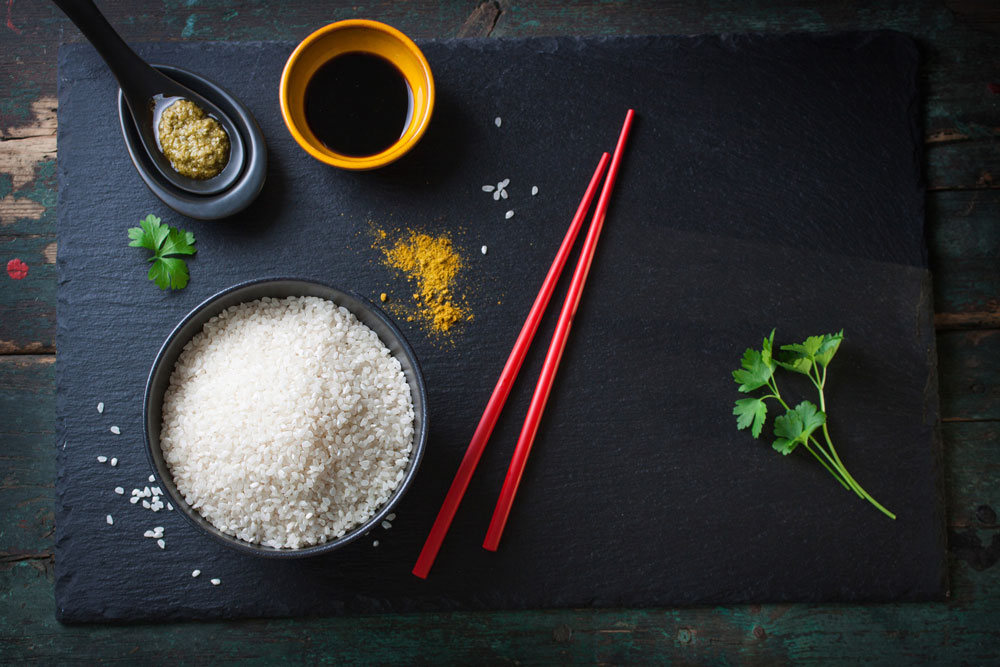

MASTER'S BOOK
THE MOST CHARACTERISTIC CONDIMENTS FROM JAPAN
Condiments of the Japanese cuisine
The Japanese believe in the rule of not “killing” the original taste of food. They only want to emphasise its natural flavour. Salt is very popular in Japan, not only as a spice but also as a preservative. Pepper is not used – spicy flavour is achieved with wasabi. Japanese cuisine also loves sauces, such as soy sauce, mirin, oyster sauce and fish sauce. Other liquid condiments include rice vinegar, sesame vinegar, as well as rice wine and sometimes sake. Some condiments are less popular outside Japan but widely used in the Country of Cherry Blossoms. They include: karashi – a paste resembling spicy mustard, usually served with fish tempura, gyoza and oden; shichimi – a spicy mixture of condiments (poppyseed, sesame seeds, ginger, shiso, nori, Sichuan pepper); or shiso – a herb that has an intensive aroma, properties similar to those of the Polish perilla, and is used to season pickled plums – umeboshi, which are served with sashimi.
Japanese condiments
When seasoned with specific spices, Japanese dishes acquire a special aroma. Japan’s most famous condiments:
Soy sauce – known in Japan as shoyu, a sauce made of fermented soybean, roasted wheat or rice grain, with an addition of salt and water. In a wide range of varieties, it is currently used all over the world, and it is one of the most common condiments in Asian cuisine. Soy sauce comes in three types, i.e.: tamari (very dark, gluten-free), dark and light (including sauces of Japanese and Chinese origins). Being salty in taste and watery, the sauce is often used as salt substitute. Soy sauce is a source of many vitamins and nutrients (unsaturated fatty acids, fibre, vitamins, mineral elements).
Mirin – a slightly sweet liquid condiment containing 14% alcohol that is the outcome of rice fermentation (with other participants of the process being rice mould and rice vodka). Before the Edo period, it served as an alcoholic drink. Nowadays, mirin is usually used to season fish dishes and as an ingredient of teriyaki – a famous Japanese marinade.
Wasabi – also known as Wasabia japonica or Japanese horseradish, it is a condiment made of brassicaceae plants (the cabbage family). Wasabi is grown in Japan, Taiwan and Korea. The characteristic spicy taste of wasabi has won the hearts of food lovers all over the world, being much hotter than the classic horseradish, known also in Poland. Wasabi is the main condiment of such Japanese dishes as sushi or sashimi.
Special cuisine
Japanese cuisine is famous for its special and original tastes. The delicate aromas of Japanese dishes and raw products, which are frequent guests on Japanese tables, are perfectly complemented by intensive condiments.


















